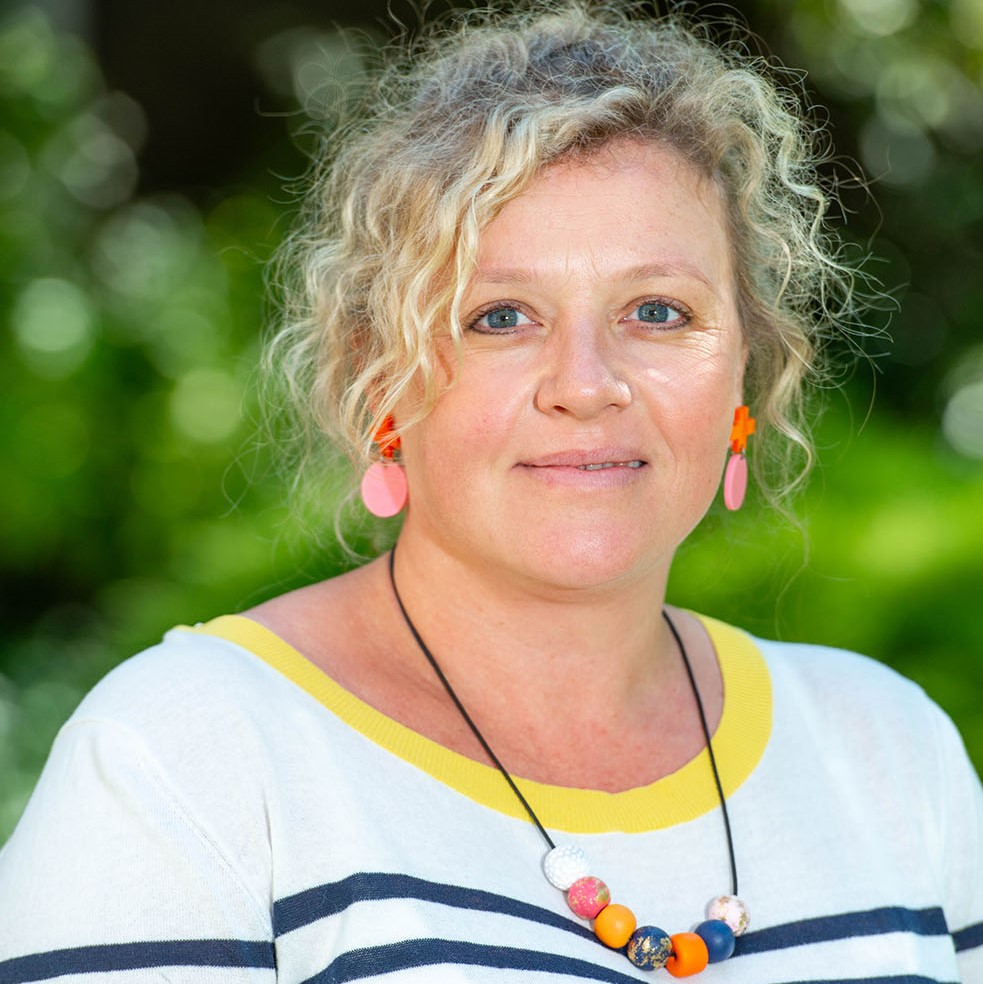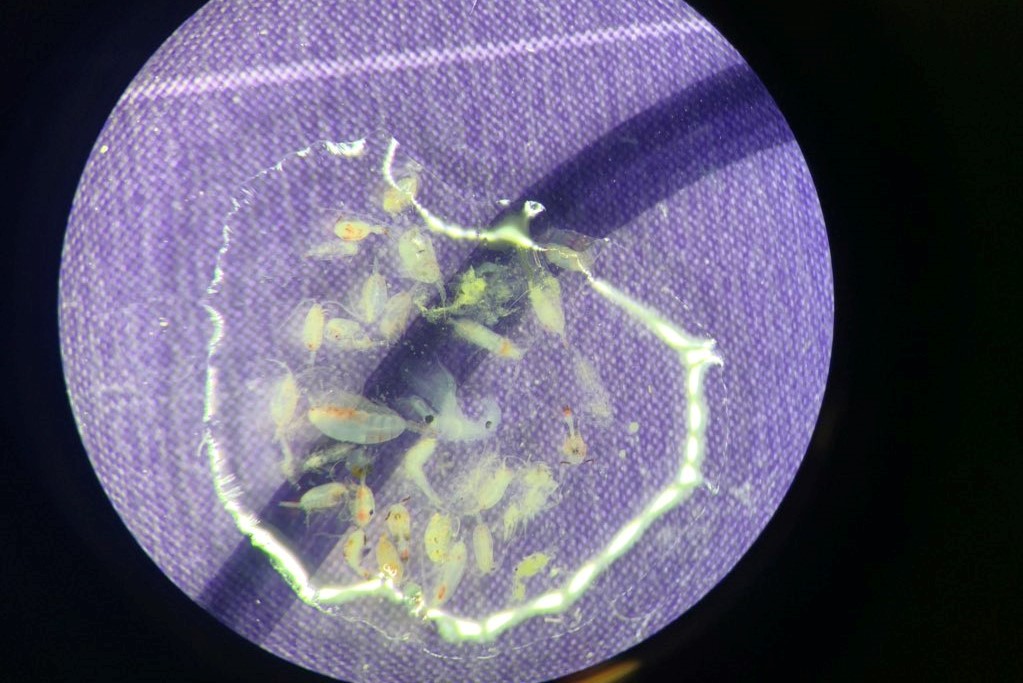Better understanding the impact of plastic pollution
Around 60-80% of the world’s litter is in the form of plastic, with almost 10% of annual plastic production ending up into oceans. Plastic pollution is now highly visible in oceans across the planet and it can take several hundred years to degrade in the environment. Microplastics – pieces of plastic smaller than 5 mm – are of concern worldwide due to their potential impacts on not just ocean food chains and the marine environment but also ultimately human health.

Project name
Microplastic in the food chain: impact on microbial and planktonic organisms
Principal Investigator
Institution
Project duration
December 2019 - present
Overview
Microplastics are pieces of plastic smaller than 5 mm, comprising either fragments degraded from larger plastic objects or other non-degraded products, such as the microbeads found in personal care products and fibres from synthetic clothes. It is now clear that most aquatic ecosystems on Earth are contaminated by microplastics.
Microplastics may enter the food chain by being directly eaten by marine animals but can also adhere to the surface of micro-organisms that form the prey for higher levels of the food chain, such as fish. Ingesting microplastics can physically damage animal organs and leach hazardous chemicals that compromise immune function, restrict growth and inhibit reproduction.
Biofilms - coatings of bacteria and other micro-organisms - may also form on microplastics, leading to further environmental threats and implications for ecosystem and human health.
Project aims
In marine animals, ingested microplastics can alter gene expression, cause inflammation in tissues and affect reproductive success. They can lodge in the gills and appendages of filter feeders and reduce their growth and reproductive rates. However, little has been published on the effect of microplastics on organisms at the base of the food chain, such as plankton and micro-organisms.
The project seeks to assess the amount microplastics present in ocean waters around Australia, better understand the long-term life cycle of plastic in the marine environment and identify how microplastics impact on micro-organisms (and vice versa) at the base of the oceanic food chain.
Project results

Microplastics have the potential for significant impacts across the whole marine ecosystem but these impacts and the lifecycle of microplastic in the marine environment are poorly understood.
Data from the project will provide the critical information on the distribution of microplastics throughout ocean waters and how microplastics affect ocean micro-organisms. This will increase our understanding of the environmental impact of microplastics and be used to develop possible clean-up strategies for microplastics in the ocean.
The project will also identify sources of plastic pollution by assessing its chemical components and determine possible implications for human and marine health from transport of bacteria on microplastics.
Project voyages
The project commenced in December 2019 and has been included on the following voyages:
2024: IN2024_T01; IN2024_V02
2021: IN2021_T01
2019: IN2019_T03
Voyage summaries, publications and project outcomes are available on each voyage summary page.
Better understanding the impact of plastic pollution
Around 60-80% of the world’s litter is in the form of plastic, with almost 10% of annual plastic production ending up into oceans. Plastic pollution is now highly visible in oceans across the planet and it can take several hundred years to degrade in the environment. Microplastics – pieces of plastic smaller than 5 mm – are of concern worldwide due to their potential impacts on not just ocean food chains and the marine environment but also ultimately human health.
Project name
Microplastic in the food chain: impact on microbial and planktonic organisms
Principal Investigator
Institution
Project duration
December 2019 - present
Overview
Microplastics are pieces of plastic smaller than 5 mm, comprising either fragments degraded from larger plastic objects or other non-degraded products, such as the microbeads found in personal care products and fibres from synthetic clothes. It is now clear that most aquatic ecosystems on Earth are contaminated by microplastics.
Microplastics may enter the food chain by being directly eaten by marine animals but can also adhere to the surface of micro-organisms that form the prey for higher levels of the food chain, such as fish. Ingesting microplastics can physically damage animal organs and leach hazardous chemicals that compromise immune function, restrict growth and inhibit reproduction.
Biofilms - coatings of bacteria and other micro-organisms - may also form on microplastics, leading to further environmental threats and implications for ecosystem and human health.
Project aims
In marine animals, ingested microplastics can alter gene expression, cause inflammation in tissues and affect reproductive success. They can lodge in the gills and appendages of filter feeders and reduce their growth and reproductive rates. However, little has been published on the effect of microplastics on organisms at the base of the food chain, such as plankton and micro-organisms.
The project seeks to assess the amount microplastics present in ocean waters around Australia, better understand the long-term life cycle of plastic in the marine environment and identify how microplastics impact on micro-organisms (and vice versa) at the base of the oceanic food chain.
Project results
Microplastics have the potential for significant impacts across the whole marine ecosystem but these impacts and the lifecycle of microplastic in the marine environment are poorly understood.
Data from the project will provide the critical information on the distribution of microplastics throughout ocean waters and how microplastics affect ocean micro-organisms. This will increase our understanding of the environmental impact of microplastics and be used to develop possible clean-up strategies for microplastics in the ocean.
The project will also identify sources of plastic pollution by assessing its chemical components and determine possible implications for human and marine health from transport of bacteria on microplastics.
Project voyages
The project commenced in December 2019 and has been included on the following voyages:
2024: IN2024_T01; IN2024_V02
2021: IN2021_T01
2019: IN2019_T03
Voyage summaries, publications and project outcomes are available on each voyage summary page.
